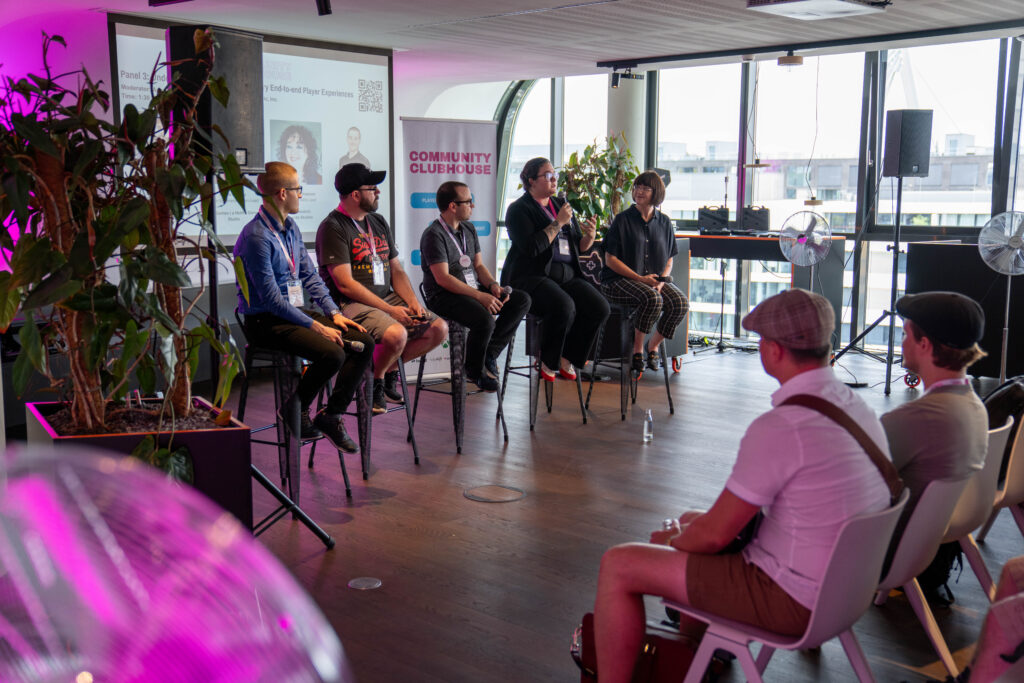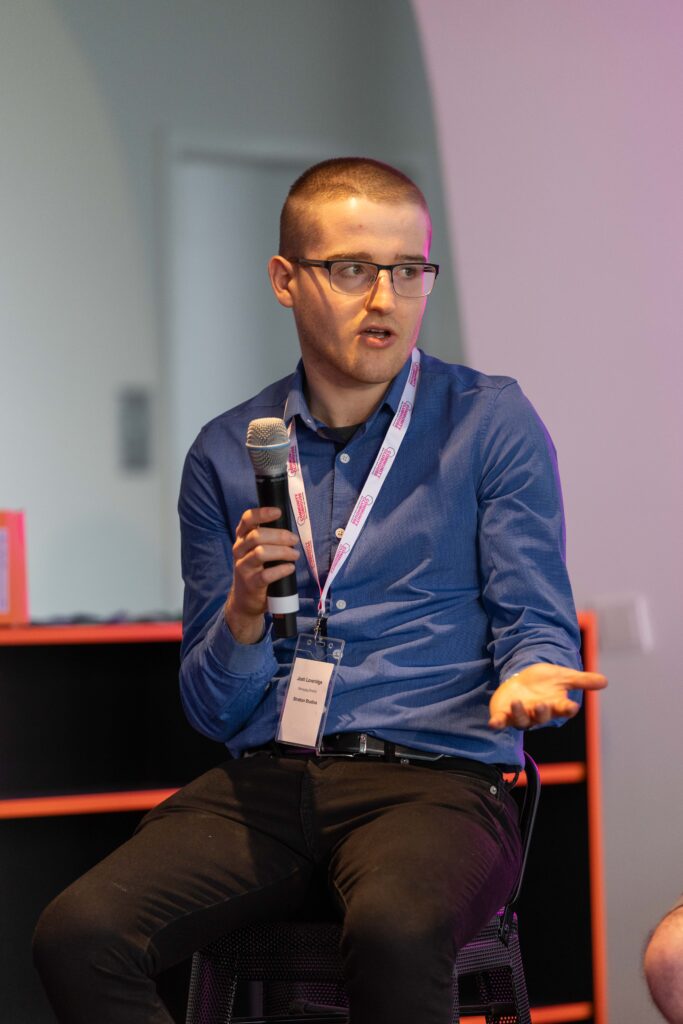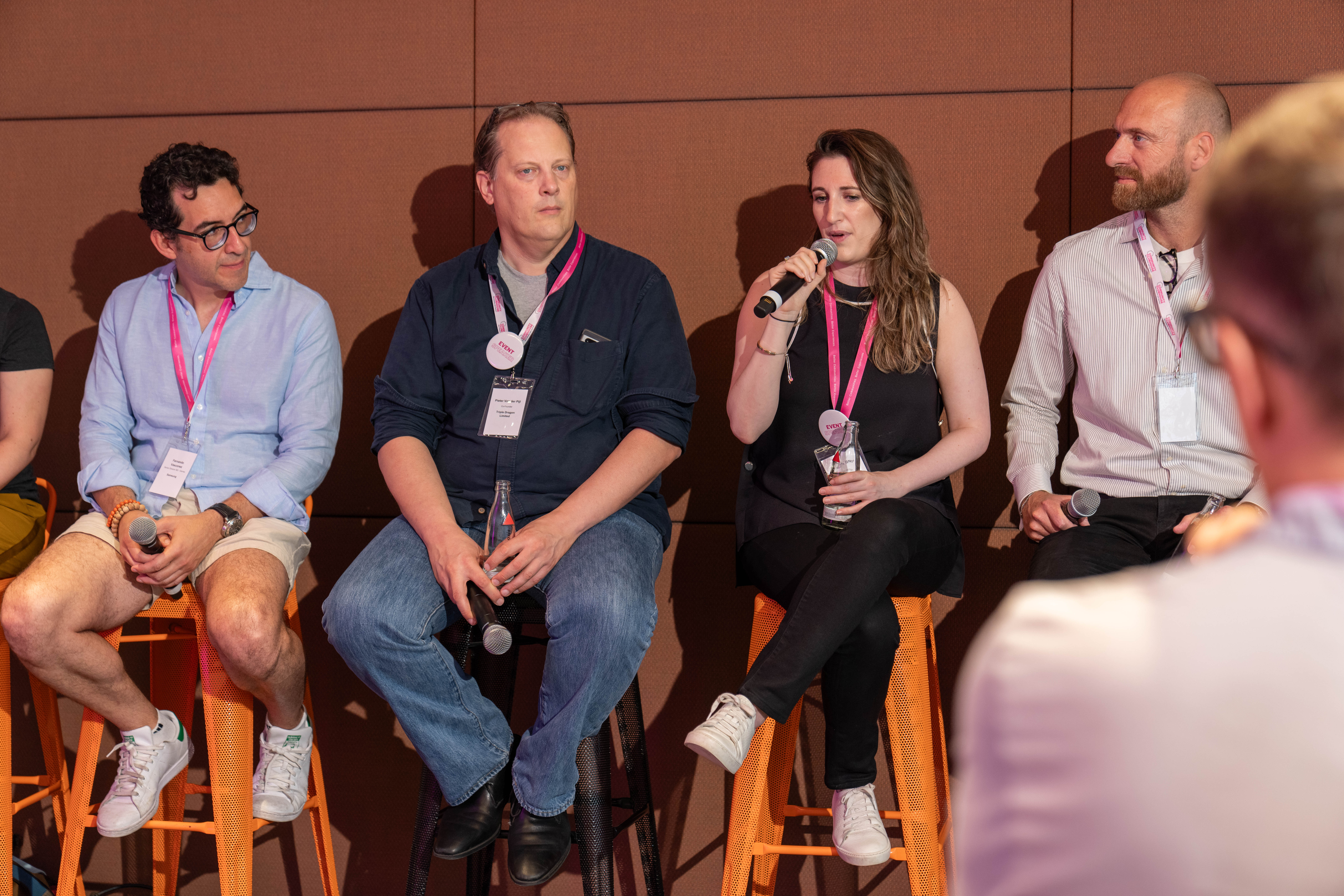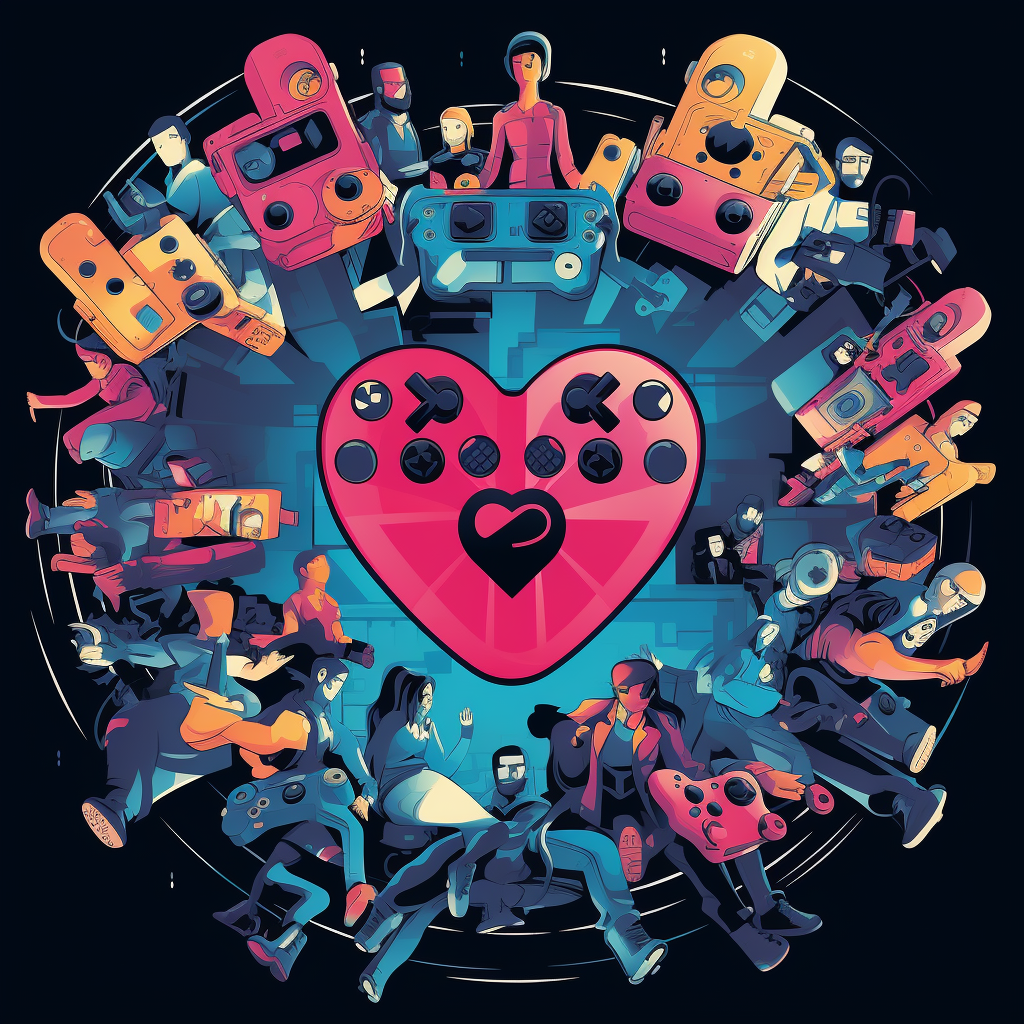Introduction
Games are more than just pixels and polygons; they’re realms of experiences that captivate players’ hearts and minds. But how do game developers turn casual players into committed fans? The answer lies in a well-crafted, end-to-end customer support strategy. In this blog post, we’ll unlock the secrets to stellar player experiences by exploring strategies, insightful stats, and the nuances that make it all tick.

Meet Today’s Panel:
- Anna Wright: Director of Player Support, Niantic, Inc.
- Pascal Debroek: Player Support Lead, Rovio Entertainment Corp.
- André Mendes: PX Team Lead, Next Games, a Netflix Studio
- Ameliane Chiasson: Game Accessibility Lead, Player Research
- Josh Loveridge: Managing Director, Stratton Studios
Gathering Feedback: The Lifeblood of Player Experience
Communication in the gaming world is akin to a two-way radio channel, always active and open. It’s not just about broadcasting updates from the developer’s end; it’s also about receiving signals from the player base. This continuous loop of feedback is vital for fine-tuning a game’s performance and overall experience.
So, why is listening to players such a big deal? For starters, it brings valuable insights to the table. Think of it as the special sauce in a game developer’s toolkit. By listening, developers can identify and act upon issues before they escalate into bigger problems, preventing potential PR snafus and maybe even averting the dreaded one-star reviews.
The beauty of continuous feedback is that it fosters a sense of community and belonging among players. When they notice that their voices lead to actual game improvements, a deeper level of engagement naturally follows. It’s like getting a shout-out from your favorite radio host; suddenly, you’re not just a listener, you’re a part of the experience. And who wouldn’t want their players to feel that way?
In essence, listening to continuous feedback is the smart play for any game developer aiming for more than a flash-in-the-pan success. It helps you read the room, or in this case, the virtual world, ensuring that your game stays relevant, engaging, and enjoyable for all.
Official Channels vs. The Grapevine: Where to Tune In
Player feedback is like radio frequencies—broadcasting from multiple stations, and you need to know which channels to tune into. Here are some key channels where game developers can pick up on player vibes:
In-App Feedback
In-app feedback channels are direct and immediate. Players can usually give feedback through settings or a dedicated ‘Feedback’ section in the game itself. It doesn’t get more real-time than this.
Google Play and iTunes App Stores
Consider this the Wall Street of game ratings. A high rating can attract more players, while a low rating can serve as a wake-up call for developers. The review sections here often hold brutally honest feedback. Ignore these platforms at your own peril!
Company Website and Blogs
Your website is your home turf and can serve as a valuable channel for feedback. A blog post about a new feature can invite player comments, while a dedicated FAQ or forum can serve as a gathering place for player queries and suggestions.
Social Media and Gaming Forums
Ah, the virtual water coolers where everyone hangs out. Platforms like Twitter, Reddit, and specialized gaming forums are goldmines of unsolicited feedback. They’re the grapevines of the gaming world, and you’ll hear things here that you won’t hear anywhere else.

The Metrics that Matter: Finding the Right KPIs to Jam With
Metrics are your yardstick for success, the beats that let you know if your game is a chartbuster or needs a remix. However, not all metrics are created equal. Here are some of the key performance indicators (KPIs) that really drop the beat:
User Retention
The more members stick around, the better. High user retention rates indicate a positive player experience and effective engagement strategies. If folks are leaving, it’s time for a soundcheck to find out what’s going wrong.
Average Session Length
Ever been to a concert where you just didn’t want it to end? That’s what you want for your game—longer session lengths usually signify high engagement levels. However, too long could mean players are lost or confused; context matters here.
Customer Lifetime Value (CLV)
Think of this as your fan’s lifetime ticket purchases to your shows. The higher the CLV, the more valuable each player is in the long run. This helps you make informed decisions on how much to invest in player acquisition and retention.
Customer Satisfaction Score (CSAT)
This is a direct measure of how satisfied players are with your game or a specific feature. The CSAT can be obtained through post-interaction surveys or in-game pop-ups.
More Than Just Lip Service
An effective customer support ecosystem is the backstage crew that ensures the show goes on smoothly. It’s not just about handling complaints but creating an environment where players feel heard, valued, and secure. Let’s dig into the key roles that make this possible:
Support Agents: The Frontline Rockstars
They’re the first ones your players interact with—the face of your customer service. By ensuring that your support agents are well-trained, satisfied, and empowered with the right tools, you set the stage for excellent service that resonates with players and keeps them coming back.
Community Managers: The Social Maestros
Community managers engage with the audience, addressing concerns, celebrating wins, and providing a direct channel for feedback. They’re the eyes and ears in forums, social media platforms, and other gathering spots, collecting feedback that can be music to a developer’s ears.
Trust and Safety Teams: The Security Detail
Trust and Safety teams monitor player behavior, handle issues like harassment and cheating, and ensure that the community adheres to rules and guidelines. Their role is crucial in maintaining a healthy, safe space where players can focus on enjoying the game, not dodging trolls or bullies.
Feedback Loops: The Soundchecks
A customer support ecosystem needs regular checks and balances. Collecting feedback on customer support interactions, possibly using some of the KPIs and metrics we talked about earlier, ensures that the system is tuned and ready to rock.

The Indie Angle
Limited resources? No problem. For indie developers, it’s about making the most of what you have. Start with what you’re good at—your core gameplay—and build on UX and accessibility. Remember, Rome wasn’t built in a day. Consistent, incremental improvements can lead to significant gains in player engagement.
Conclusion
Creating a captivating game goes beyond killer graphics and intricate storylines. It’s about crafting an experience that makes players feel valued and heard. By focusing on end-to-end customer support solutions, informed by solid metrics and genuine feedback, game developers can convert casual players into loyal fans. So, let’s make your game not just a title, but an experience worth cherishing.





